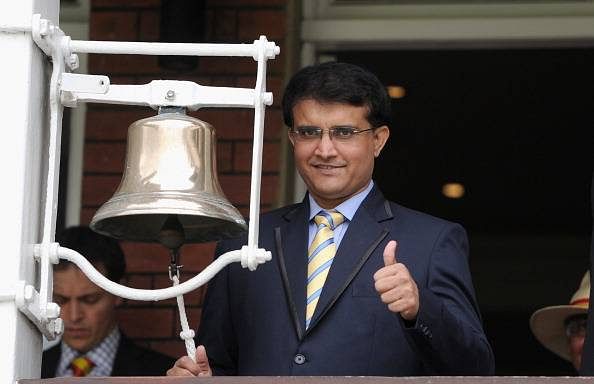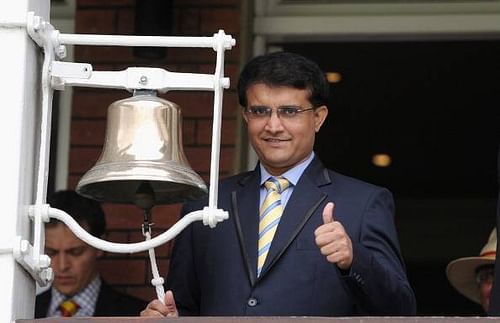
The mystery of the director of cricket

Perhaps one of the biggest mysteries in sport today is the role of a director of cricket. We generally know who they are, and we happen to see a fair bit of them, but one rather pressing question remains: what do they actually do? Apart from directing cricket, that is.
We can be confident that they have a substantial amount of influence, if nothing else. The job of player selection has traditionally been left in the hands of the head coach, but England's new director, Andrew Strauss, made it unequivocally clear upon his appointment that Kevin Pietersen was off limits. His predecessor, Paul Downton, was equally firm too; at times it seemed as if he was pulling Peter Moores' strings. It has left fans wondering who exactly runs the show, a feeling that has become the subject of much media debate for England after their recent struggles.
Overseeing proceedings is the main duty but the director is still at the mercy of those above him. The England and Wales Cricket Board (ECB) opted for Strauss over a more radical alternative, such as Michael Vaughan, with the assumption being that Strauss was more in line with the ECB agenda - a "yes man" in cruder terms.
The new director of England cricket bore the responsibility of choosing a new head coach, following Moores' exit. They eventually settled on Trevor Bayliss and it can be assumed that while he will be in charge at the matches, Strauss' long-term strategies will override any of his own. Bayliss was also brought to into boost the side's fortunes in the limited-over formats, an area he has excelled in. In simple language, Strauss is the boss and Bayliss is the worker.
It is, admittedly, easy to be cynical about England's management structure after the hap-hazard handling of Pietersen debacle and the team's reluctance to be dynamic despite a torrid stretch of form. The secrecy that surrounds it all doesn't help either - the credentials required for the job were not made available to the public.
What West Indies and India required
West Indies did, however, clarify what they were looking for when searching for their own director of cricket. The role focussed on four main points: development, management, delivery and planning - probably deliberately vague but they did, at least, expand. Development concentrates on building short and long-term plans while "high performance management" covers the grassroots of the game and training programmes. The delivery aspect demands the director creates links with the selectors, players association, the ICC and others, and finally, the budget and implementation comes under planning. In short, it's more bamboozling than a Shane Warne googly.
Ravi Shastri was appointed as India's first director of cricket during their tour of England last year. He stayed on until the World Cup, where they impressed in a run to the semi-finals. Shastri's position also attracted controversy, with head coach at the time, Duncan Fletcher, apparently losing authority over the team as his tenure drew to a close. Fletcher was supposed to have control over match preparation, but considering Shastri was accountable for performance, the suggestion that his leverage over the side ended up outweighing Fletcher's seems probable.
Sourav Ganguly's name has been floated as a potential replacement for Shastri although it's not totally clear what structure the BCCI wants going forward. There has been speculation that they could go with three assistant coaches along with a team director, but with a quiet schedule in the next couple of months - India face Bangladesh and Zimbabwe - there isn't an immediate rush to find a solution. Others within the BCCI are reportedly keen not to have a director, but they appear to be in a minority.
More trouble than they are worth?
Bringing in a director looks to be the move to restore order in underperforming teams. Yet so far, no team has significantly benefitted from it. Layers of management and jobs in specific areas may come across as a neat idea, but in practice, it isn't bound to be effective.
When something doesn't work, the answer isn't always because you don't have enough of it. Simplifying the process and giving more power back to the head coach seems a more prudent tactic than leaving those with conflicting interests to battle it out. Winning matches is tricky enough, nevermind with the added burden of unnecessary infighting.
Have too many cooks spoiled the broth? In England's case, you would probably argue so. In India's? Some more time is be needed before it can be properly assessed. And for West Indies? Well, with everything else that is going on, Richard Pybus' role as director is hardly their most prominent of concerns.
For now, the boards look intent on pursuing the concept of a big brother to keep a watchful eye over everything. In the long run though, directors of cricket may prove more trouble than they are worth.